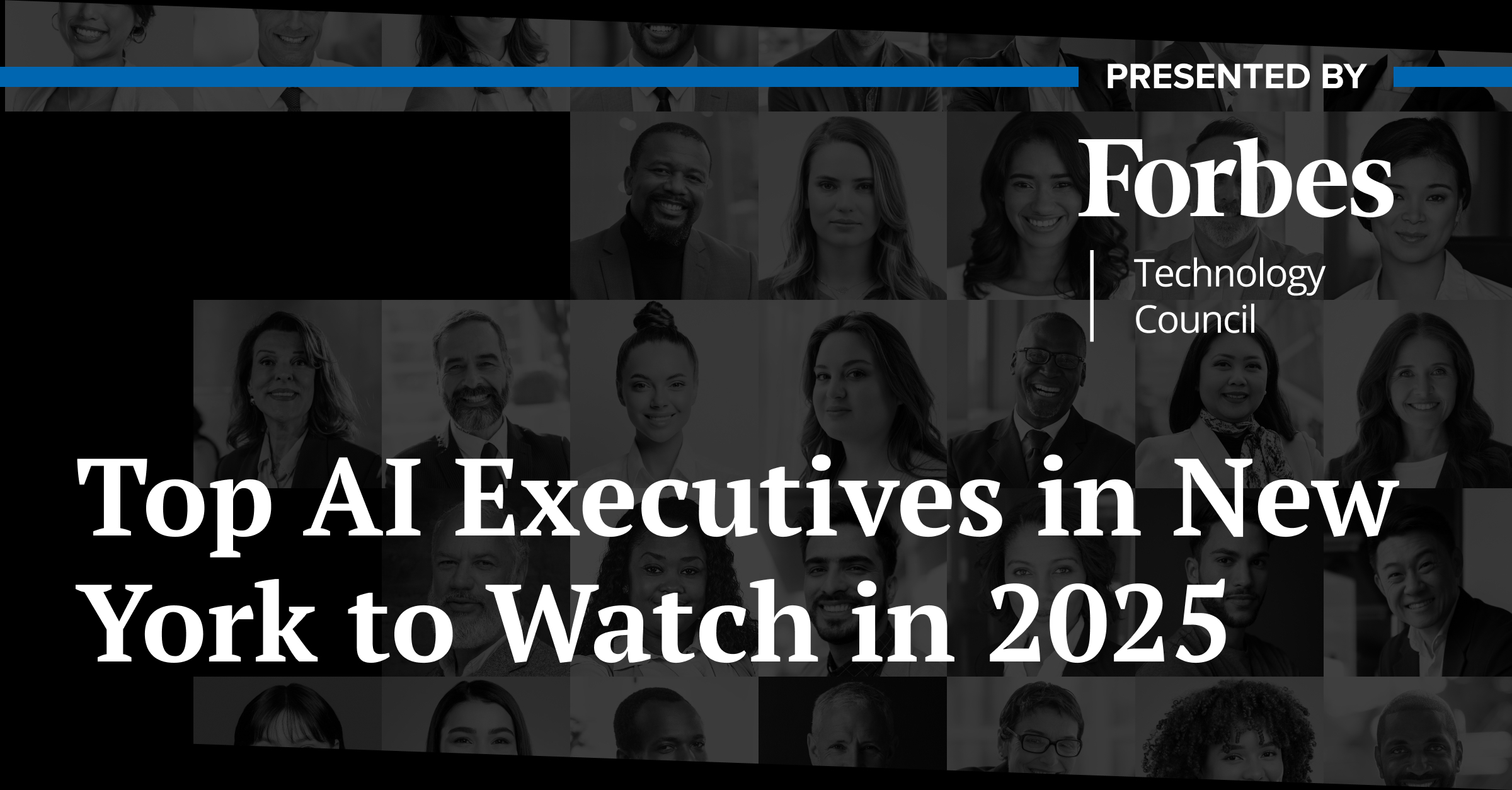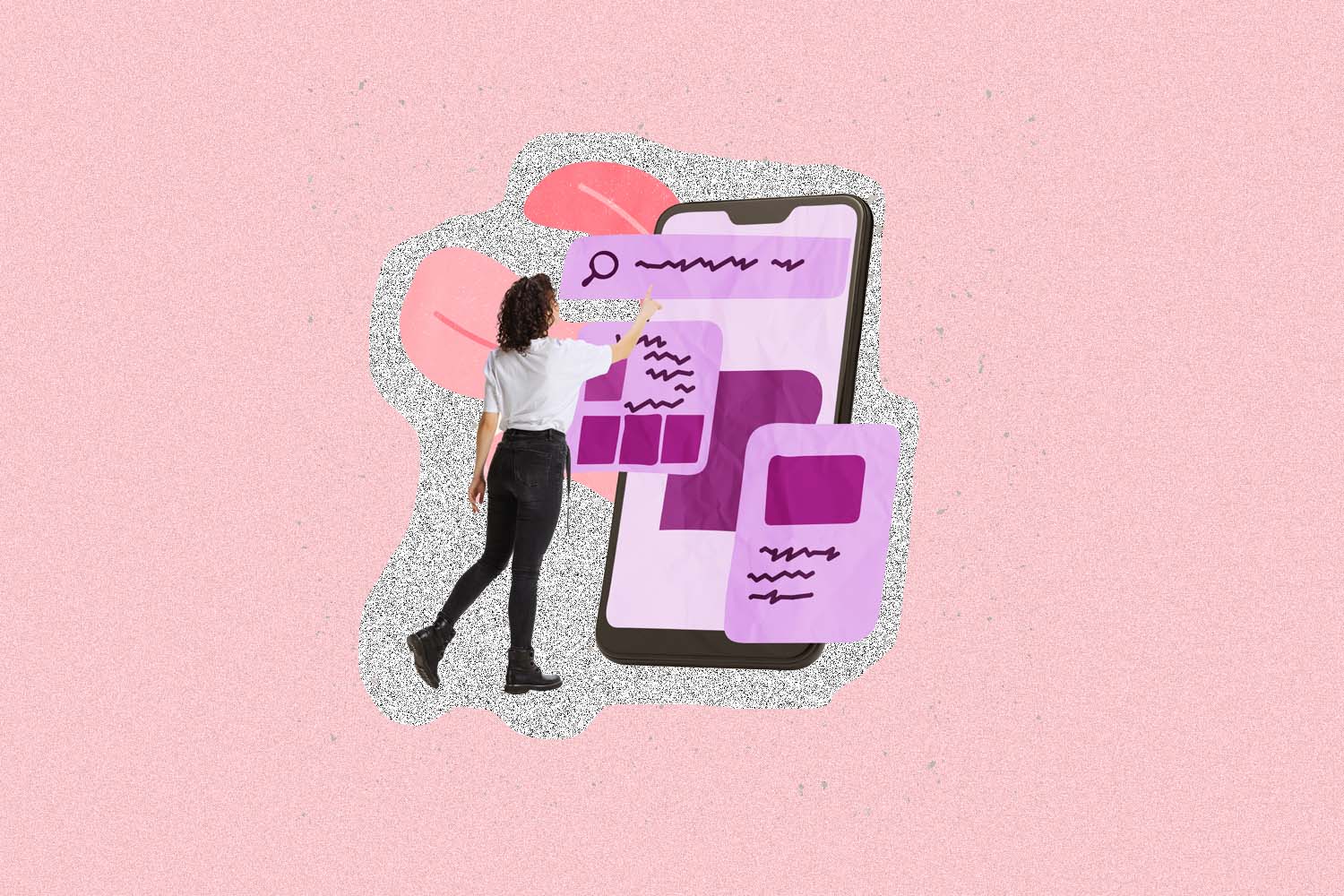Well-intentioned diversity champions are focused on creating the most diverse, equitable, and inclusive workplaces to reach high-potential hires from all walks of life. This means being open to a range of accommodations for employees with disabilities. While the cost of these accommodations may be an initial concern, the Job Accommodation Network found the average workplace accommodation costs just $500.
“Cost is always a red herring; it’s an easy excuse to make,” says Jade Gingerich, director of employment policy for the Maryland Department of Disabilities. “It costs absolutely nothing to a business to listen, to do some legwork and research.”
The fear that expensive workplace accommodations will be required persists and remains “one of the biggest barriers to getting people with disabilities employed,” says Amy Scherer, senior staff attorney for vocational rehabilitation at the National Disability Rights Network.
Accommodations don’t have to be a huge expense; focus on creative solutions you can offer employees such as providing funding for employee resource groups (ERGs) for employees with disabilities.
Start with low-cost DIY hacks: sometimes a solution can be an easy fix. At her previous job, Scherer’s deck was too short to accommodate her wheelchair. A coworker suggested placing small pieces of wood under each leg of the desk. This simple act of raising up the existing desk an additional two inches took a couple of minutes and zero dollars to implement.
It’s also important to consider how you’ll offer these accommodations — will you offer resources proactively or have a budget on hand that you can tap into when employees make requests? According to Gingerich, having a dedicated budget stream inside human resources for accommodations allows more businesses to recruit and screen candidates versus ruling them out. You’ll also want to provide these resources the right way — for instance, consider how you’ll offer accommodations without singling anyone out.
“Leadership buy-in and messaging is essential,” says Gingerich. If business leaders want to create a DEI workforce and make it known that part of diversifying the workforce includes hiring more individuals with disabilities, “then the executives have stewards who are responsible for operationalizing the effort, creating some voluntary measures and incentives to transform the system. It’s within leadership’s power to [create the] change.”
There also needs to be a mindset shift, suggests Bryce Chapman, executive director of marketing and experience for Gallaudet University, a Washington, D.C.-based private university for deaf and hard of hearing students. He urges executives to consider the “hidden benefits” to hiring candidates with disabilities.
The simple act of hiring someone who uses a wheelchair, for example, allows all employees to witness firsthand how the workplace is becoming more accessible to everyone—as well as positively influences future business actions and decision making.
“When [other employees] are writing a pitch or making a webpage, it becomes natural for them to include pictures of someone in a wheelchair as part of their presentation, or even better, to talk about how this pitch solves problems that also helps people in wheelchairs,” says Chapman. “In the end, you have an employer who is inclusive without having to do anything to make them that way.”
Consider incorporating any one of these creative and affordable accommodations into your future practices.
1. Create a budget for accommodations inside HR
Take the worry away from managers struggling to find a line item in their own budgets to cover accommodations. A dedicated budget stream, centralized inside human resources, allows more businesses to recruit/screen candidates versus ruling them out because a manager worries about having the budget for workplace accommodations.
2. Offer employees flexibility in work hours and location
Transportation remains one of the biggest barriers for employees with disabilities to get to workplaces. Fortunately, employees don’t have to be physically present to do many jobs and do them well. You can offer your employees the option to work remotely.
Another accommodation you can provide is flexible work hours. According to Gingerich, it’s worth considering whether the workday has to start at the same time for everyone or if there can be flexibility across your workforce to accommodate everyone. Some employees may require more time to get ready for work in the mornings. Offering flexibility in employees’ start times is an easy and free accommodation.
“Create a workforce that works for everyone—versus a stand-alone accommodation for one employee. Rethink the workspace and how we are affirming individual strengths and valuing difference,” suggests Gingerich.
3. Implement an app (or tech solution)
Technology offers many solutions for accommodating workers with disabilities. According to Karen Robertson-Keck, vice president of human resources at Sheppard Pratt, a nonprofit mental health service provider, the organization’s leave and accommodations department recently secured a large screen with a magnifier for one of its on-staff therapists with a visual impairment, and ensured the employee had speech recognition software to easily record clinical notes while working remotely.
In the five years that Robertson-Keck has been with the organization, she said that there’s never been an accommodation that the organization could not grant. “I can’t imagine a business-focused person, in a (worker) shortage, not being open to hiring individuals with disabilities. Employers need to find ways to get qualified people into the workforce,” she adds.
Other solutions include offering noise-canceling headphones for employees with ADHD or providing an app to dictate text for employees with limited dexterity. According to Scherer, the ability to dictate text through an app allows her to be “a much more productive worker,” saving her both time and energy that she would have expended while slowly typing. The app has been a time-saver for her, as she has limited motor coordination skills as a result of cerebral palsy.
To accommodate employees who are deaf or hard of hearing, employers can use project management software which allows for typed messages or video messages. In fact, many of the solutions to accommodating people who are deaf or hard of hearing are free, easily available, and/or are already being used. Most workplace communication now happens online. You can also use video conferencing platforms that have an automatic transcription service integrated.
Companies with the budget can also invest in hiring American Sign Language (ASL) interpreters for company-wide events and to support their employees who are deaf/hard of hearing, as Amazon did in 2019.
4. Rethink what constitutes an “essential” job function
When it comes to writing a job description, employers are legally required to spell out the essential functions of the job such as whether the position requires heavy lifting or a hybrid office culture. This can be limiting for high-potential applicants who have disabilities and struggle with transportation or mobility.
“Employers need to think about what truly is essential to the job. Things can be adjusted, certain duties reassigned. Flexibility is key. If you find a great person who has all these skills, don’t let this one thing negate [you from hiring them],” says Scherer.
5. Redesign the job interview process
The interview can be a hurdle for workers with disabilities. People with autism, for example, may never make it beyond the first step of the hiring process, the initial interview, because they are uncomfortable in that setting, Scherer explains. “But that does not mean that they lack the skills to do the job.”
You can redesign the job interview to be more inclusive — ask a candidate to perform a hands-on task that would be required in the actual job. This affords individuals with neurodiversity to showcase their actual skills and abilities.
6. Encourage employees with disabilities to create their own resource group
This is something that costs little to nothing for businesses to create, Gingerich says. Just by creating the space for such a group to exist inside your organization conveys to employees that they have the power to affect change, to guide more workplace conversations about creating the most DEI workplace possible.
A few examples are BNY Mellon’s Employee Resource Group for Diverse Abilities, Procter & Gamble’s People with Disabilities ERG, Amazon’s People with Disabilities ERG, or Delta’s Advisory Board on Disability.
To show your investment towards your employees, it may be worth giving each affinity group a budget that they can use to organize workshops, events, and training opportunities. At Duke University Health System, each affinity group has a budget of $10,000.
Resources
Office of Disability Employment Policy: non-regulatory federal agency that promotes policies and coordinates with employers and all levels of government to increase workplace success for people with disabilities
AbilityOne: network of over 600 community-based agencies that provide job training and resources
Job Accommodation Network: free resource created by the Office of Disability Employment Policy that offers an accommodation search based on employee limitations, information on the Americans with Disabilities Act regulations, toolkits, one-on-one consultations, and articles on how to best respond to accommodation requests






